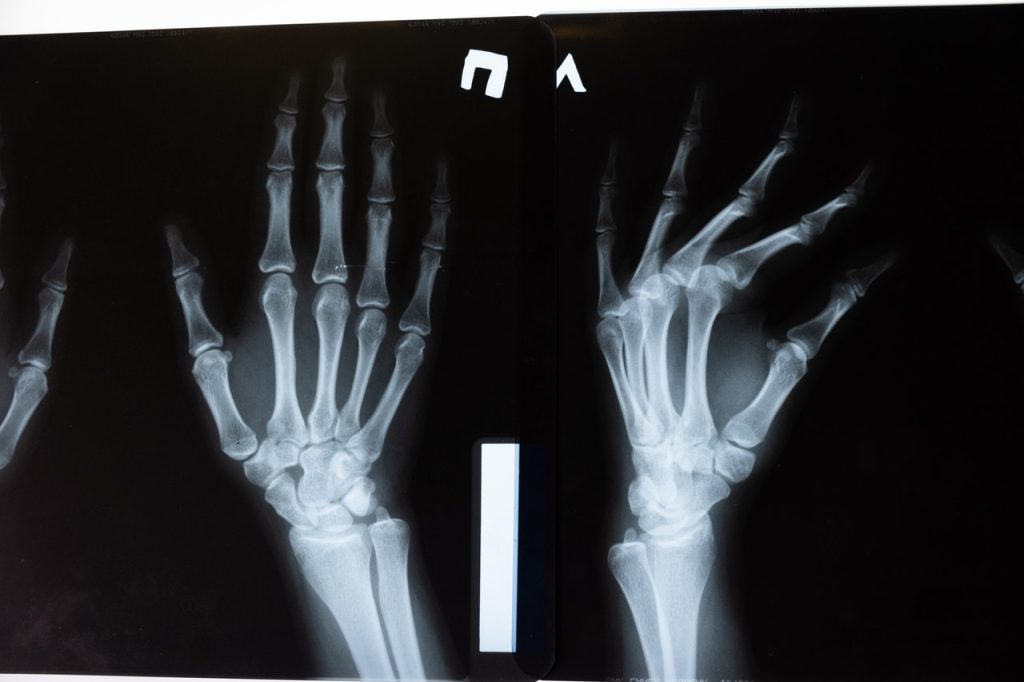K-Wires for Wrist Fractures on Par with Cast

Using metal K-wires (aka ‘pins’) to hold broken wrist bones in place while they heal are no better than a traditional moulded plaster cast, finds a study published by The BMJ.
If the bone fragments in wrist fractures have displaced, they often require manipulation followed either by surgery to insert metal wires or plates, or a moulded cast as a non-surgical alternative, to hold the bones in place while they heal.
Surgery is expensive and carries risk for the patient, whereas a moulded plaster cast is cheaper but may not provide the same functional outcome.
To see which option is superior, researchers tracked the progress of 500 adults, average age of 60 and 83% female. with a displaced wrist fracture. Patients were randomly allocated to receive a cast (255) or surgical fixation with K-wires (245) after manipulation of their fracture. The primary outcome measure was the Patient Rated Wrist Evaluation (PRWE) score at 12 months, which included questions about pain, function and disability, and gave an overall score from 0 (best) to 100 (worst).
Secondary outcomes were PRWE score at three and six months, quality of life, and complications, including the need for later surgery.
Of the 79% of patients who completed the follow-up, no statistically significant difference was seen in the PRWE score at three, six or 12 months (average score 21.2 in the cast group compared with 20.7 in the K-wire group). Quality of life was similar.
However, one in eight patients with cast needed later surgery for loss of fracture position in the first six weeks after their injury compared with only one patient in the K-wire group.
Other complications were rare, with no evidence of a difference between the two groups (28 in the cast group compared with 22 in the K-wire group).
Limitations included the fact that neither the treating clinicians nor the participants could be blind to the interventions. Still, the researchers noted this was a large trial involving adults of all ages and the results are based on validated patient reported outcomes, reflecting the care provided across a healthcare system.
As such, they conclude: “Surgical fixation with K-wires did not provide better wrist function at 12 months compared with a moulded cast, indicating that a cast is an acceptable first line treatment following manipulation of a dorsally displaced fracture of the distal radius.”
They added: “Cast treatment avoids the expense and risks of surgical fixation for seven out of eight patients. However, careful follow-up is needed as one in eight patients treated with a cast required subsequent surgical intervention as the fracture reduction could not be maintained.”
Source: The BMJ

